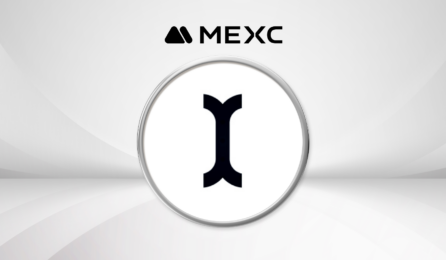
China’s record-low one-year and five-year Loan Prime Rates remain unchanged
- The PBoC's published 1-year and 5-year LPR remained at a record-low.
- This was widely expected given the recent cash injection into banks by monetary authorities.
- If PBoC rates head lower, the yuan could find itself under pressure due to capital outflows.
In its announcement earlier today, The People’s Bank of China (PBoC) kept its one-year Loan Prime Rate (LPR) unchanged in the month of November 2023.
The LPR remained at 3.45%, a record-low, and was in line with market expectations following the PBoC’s decision to maintain medium-term rates unchanged in last week’s decision.
The LPR is published monthly on the basis of the lending rates offered by the top 18 commercial banks to their highest-quality customers.
Market watchers closely monitor the one-year rate to gauge lending conditions for households and corporates in the country.
This move was widely expected given that recently the PBoC injected over 1.45 trillion yuan into the banks sector via one-year loans, far exceeding market projections, and marking the largest such monthly move since December 2016.
Policymakers are preferring to implement policy via cash injections where possible, rather than interest rate decisions, while government measures struggle to secure China’s property sector.
Looser policy
Copy link to sectionAmid the global pandemic, the Chinese economy came to a complete halt due to severely restrictive public health measures.
Despite efforts to stimulate demand on re-opening, liquidity has been strained, consumption has been lackluster and the property sector is weighing on economic prospects.
As a result, the PBoC has continued to cut rates in a bid to stimulate financial conditions, in contrast to other major central banks which have been concentrating on restraining inflation for over eighteen months.

Five-year LPR
Copy link to sectionThe 5-year LPR which is the primary benchmark for lending activity in the real estate sector also remained at a record-low of 4.2% for a fifth consecutive month.
The reported rate last saw a change in May 2023 when it was fell from 4.3% to stimulate greater mortgage market activity.
Forecasts
Copy link to sectionThe medium-term lending facility and the 5-year lending rate are both likely to remain unchanged at the end of this year.
However, these may be cut even further, in the 50-80 bps range during 2024, depending on global central bank actions, credit offtake, and domestic financial stability.
The PBoC is likely to delay any potential cuts to the reserve requirement ratio given the sizeable cash injection in the previous week.
The primary obstacle to further monetary easing remains the prospect of a weakening yuan which is already under pressure given the clouded economic outlook, and the risk of heavy capital outflows in light of the high rates offered by central banks of advanced economies.
At the time of writing, the USDCNY had strengthened by approximately 0.3% on the day, reaching a three-month high of just below 7.2.
Overall, investors continue to remain anxious and have sought out refuge in the government bond market, despite growth-oriented measures and relaxation in policies around home purchases.







